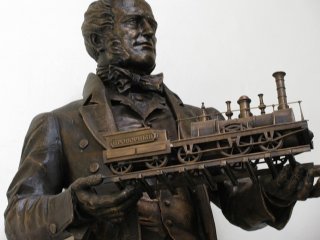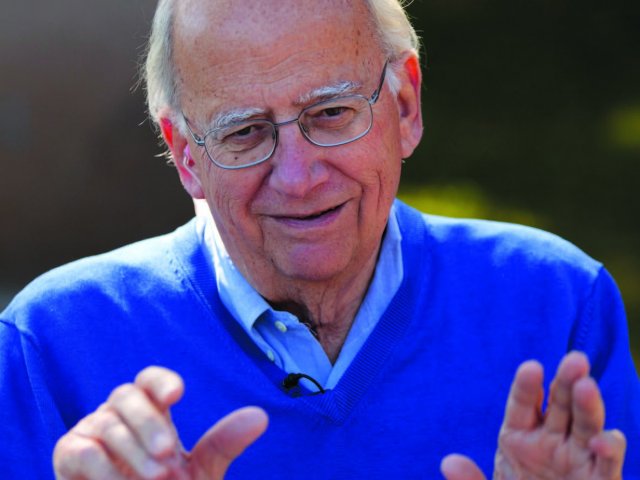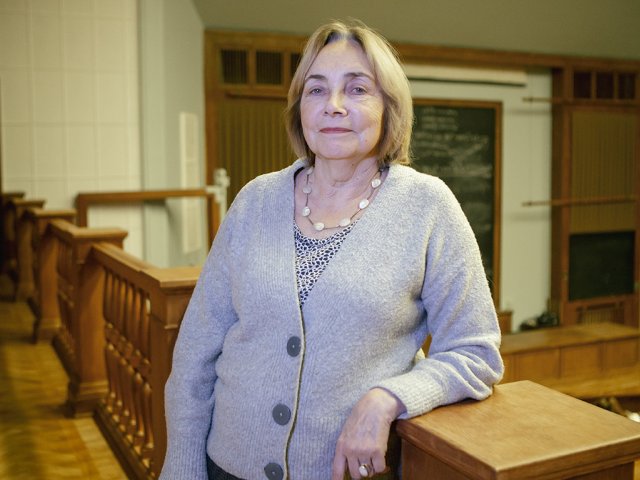
In 980 A.D., or about 370 A.H., a boy was born in Afshana, a village near Bukhara, into a family of the public official Abdullāh and his wife. The boy was named Abū ʿAlī al-Ḥusayn bin ʿAbdillāh ibn Sīnā, as the customs of those difficult years demanded. Encyclopedias call Avicenna a scholar, philosopher and physician and every single one of them is right. Almost a dozen sciences could recognize him their representatives. The poet Lev Oshanin wrote amazing verses about it:
In poetry, rhyme is priceless,
And the law of consonant rhyme is this:
Medicine rhymes with Avicenna
For ten flying centuries.
Avicenna rhymes with the starry sky,
Mathematics, music, sun and darkness.
Avicenna rhymes with truth and lie
And poetry itself.
Rumor has it that the first word the little Ḥusayn said was “why.” He grew up intelligent and inquisitive. By the age of ten, he knew the Koran by heart. He then studied logic, astronomy, geometry, music. At the age of fourteen, the incredibly talented boy became interested in medicine, read all the essays he could find, and went into practice. “I turned to medicine,” he wrote later in his biography, “by supplementing my reading with observations of patients, which taught me many methods of treatment that cannot be found in books.” At the age of seventeen, ibn Sīnā was invited to see an emir who was ill and could not be cured by court physicians. The young physician did well and the emir recovered and immediately appointed Avicenna a personal physician and allowed him to use the famous library at the palace.
But it was the Middle Ages and there were cruel-hearted rulers in Central Asia. States disintegrated and Avicenna’s years of quiet life at court led to years of wandering and imprisonment.
Among dozens of books on philosophy, astronomy, poetry and theology, and next to The Book of Knowledge, an encyclopedia in Farsi, and The Book of Healing, an encyclopedia in Arabic, towers The Canon of Medicine. The five massive volumes included all the medical knowledge that people had accumulated by the 11th century. Avicenna was the first to describe hepatitis, plague, cholera, leprosy, meningitis, and stomach ulcer. Many of Avicenna’s discoveries were confirmed in tests hundreds of years later. Only in the 19th century, for example, the scholars confirmed Avicenna’s hypothesis that febrile, i.e., infectious diseases are caused by pathogens invisible to the eye. Today, they are called viruses.






















